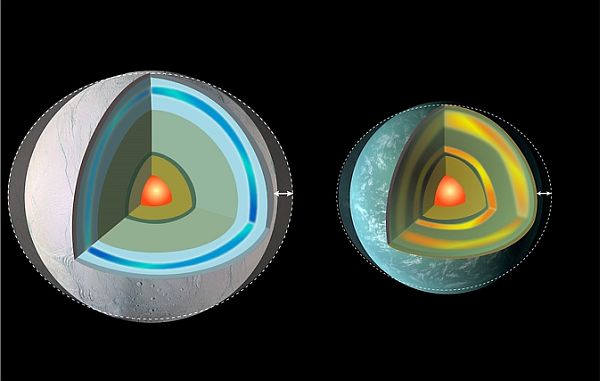Fixation towards heat for survival is the key element across planet earth and the solar system. During the origination of human life, early man stumbled upon the discovery of fire by rubbing sticks and since then it has evolved gradually. In an interesting study, researchers at NASA have discovered a similar fixation towards heat for survival across constellation. The findings are primarily based on the Earth sized planets in other star systems. Excessive heat denotes destruction but right amount of same heat results in creating habitual climatic conditions.
Giant planets disturb smaller planets’ orbits
Planets in vulnerable orbits tend to move out of the dangerous effect after experiencing friction and consequently shift into more uniform and safer orbits claimed NASA’s space scientist, Wade Henning. Simulation insinuated that giant planets often disturb the orbits of relatively smaller planets. Even though the effect does not seem immediate but it is gradual in nature. For example, in later phase it might give rise to odds of intersecting paths with another spatial body or being digested by the host star, worse being, totally ejected from the respective system.
Another risk of being into highly eccentric orbit is the probability of bearing with the tidal stress. This ‘stress’ may cause a planet to draw at a proximal distance with its star and then fall back again. Once it’s near the star, the planet experiences a distortion in its size due to the gravitational force, while it attains it original shape once it’s far away from the star’s attractive force. This flexing action gives rise to friction and hence heat. In severe cases, this tidal stress can lead to enough heat so as to melt the entire planet.
Impacts of tidal stress
Henning and his team delved into the impacts of tidal stress. One of the conclusions asserted that due to the flexing effect, some planet might swing to a far-flung orbit, which happens to be around 10 to 100 times faster relatively, and is more than the expected value, this phenomena leads to the liquefying of the planet. Something we can witness below the earth’s crust. Temperatures within interiors are higher than the planet earth and this might lead to another probability of containing modest-sized magma oceans.
Morphing into a circular orbit would be a quicker process since the melted layer would flex easily creating mostly friction-induced heat. Dissipating heat would eventually lead releasing up of energy at a faster rate thus making the planet reach equilibrium. In due course of time, tidal heating would go off leaving behind a planet, which is safer to put feet on.
While on the other hand, the melted planet would have become so fluid that it would produce no or very less friction.
On the other hand, cold and stiff planet would have resisted to the tidal stress and hence dissipation of energy would have occurred at an extremely slow rate. This could be the possibility with planets that have been thrown farther away from their respective stars. Had these bodies been not crowded by other worlds, they might have been stably placed in their eccentric orbits for an extensive period.
Tidal stress as source of energy
Such a scenario might also give rise to habitable zone where the tidal stress would become the source of energy for longer time duration. This is especially good news for dim stars and ice bodies having subsurface oceans, asserted Hurford.
Interestingly, ice thick worlds too can achieve high amounts of heating. Since, then it will help in becoming low friction surface with myriad thick layers of ice, making it springier. The shell would then become equipped with countering sturdily to tidal stress and therefore generating huge quantities of heat.
Henning expatiated on superEarths that they are more likely to experience the tidal stress and hence can benefit accordingly from the corresponding friction and heating.




